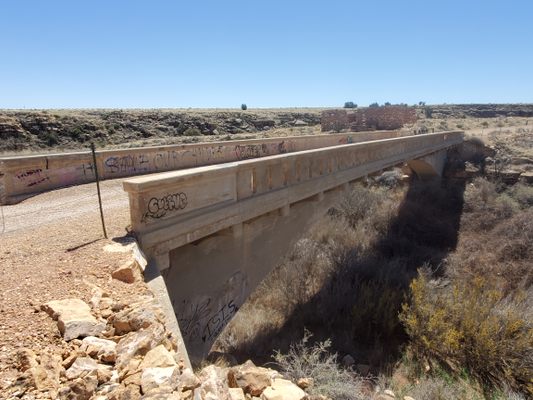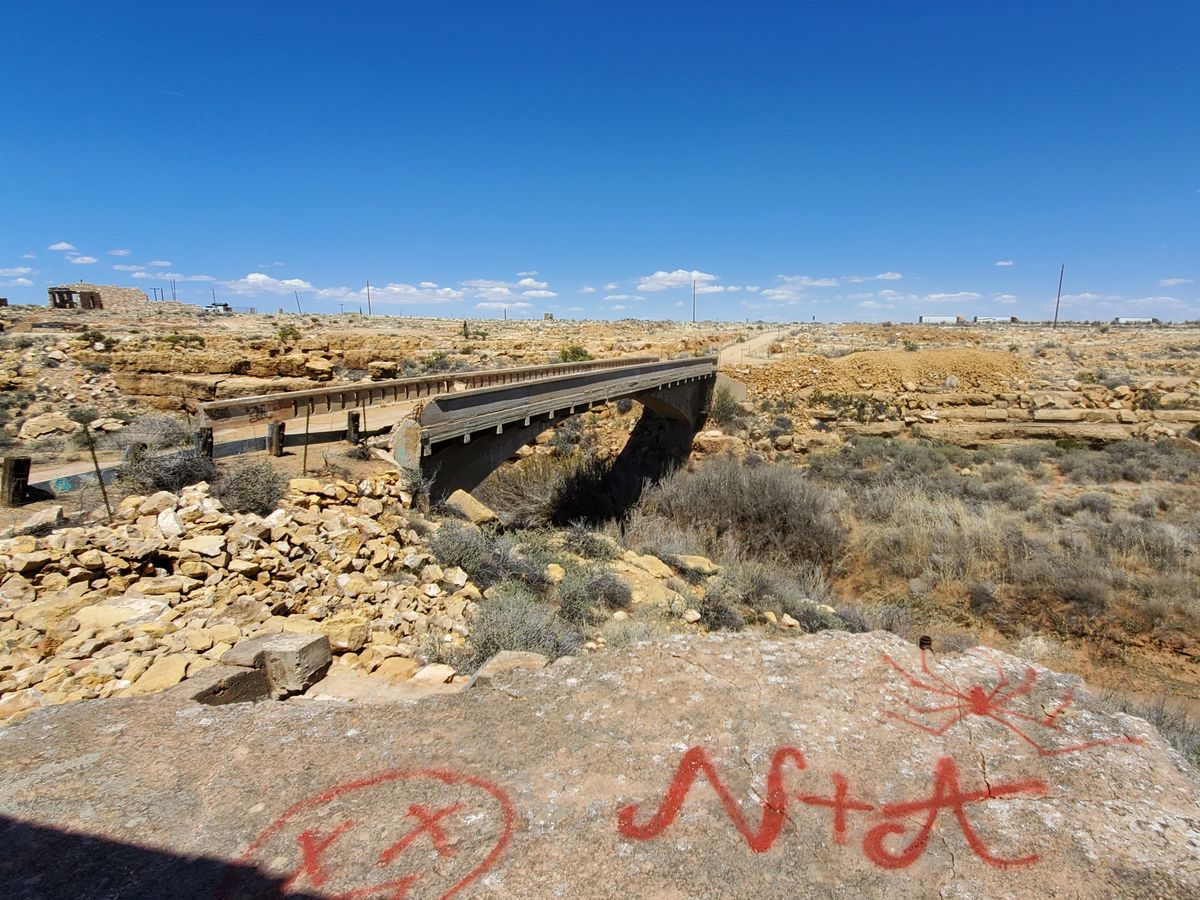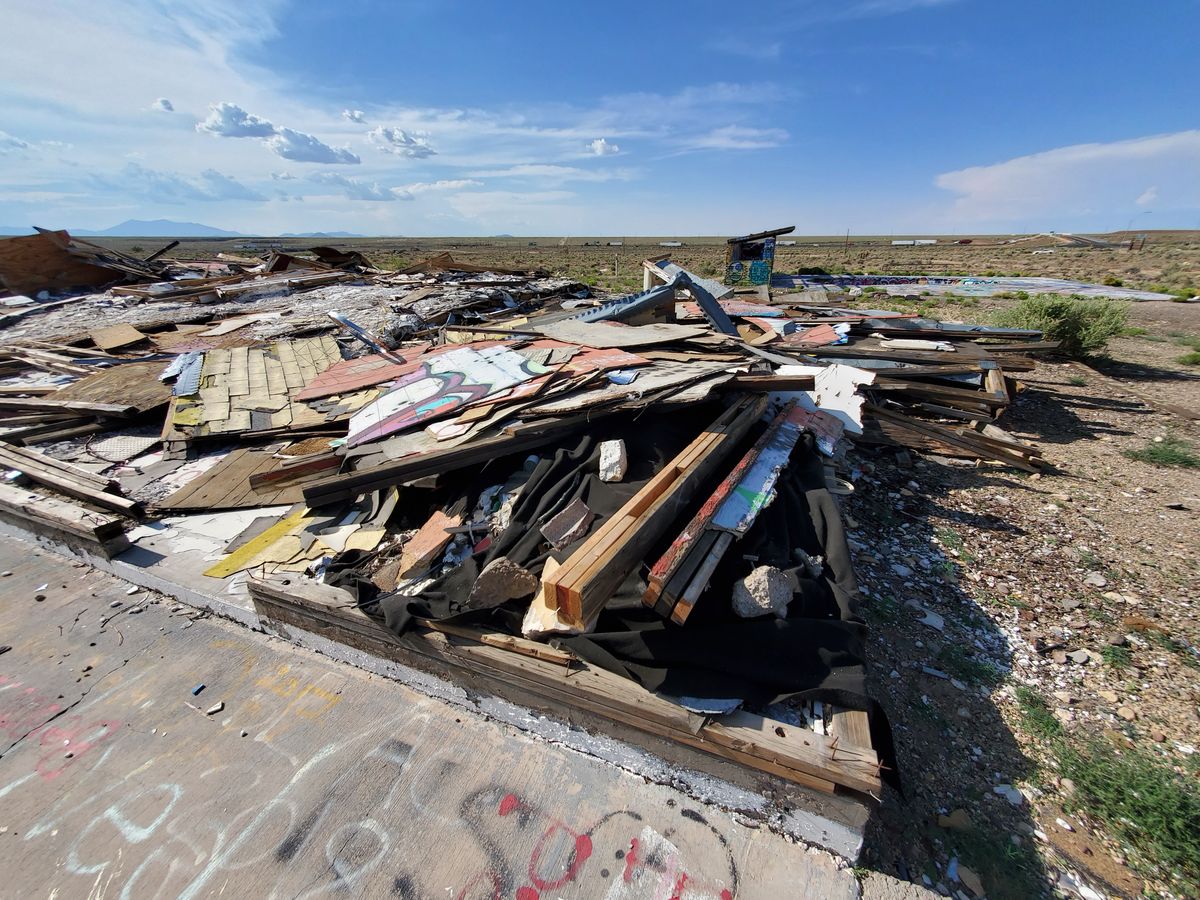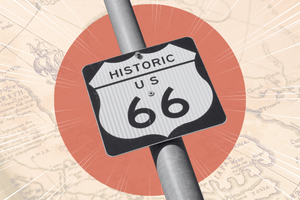About
If any place defined the lawless, fickle disposition of the Wild West, it was Canyon Diablo.
Progress on Arizona's stretch of the transcontinental railroad was temporarily halted in 1882 after reaching the edge of Devil's Canyon, a span that would require a bridge. With an estimated six months of staying put, a railman's work camp emerged, and quickly reached a population of over 2,000.
A hasty business community sprung up to serve the needs of the men working on the bridge; brothels, gambling dens and saloons seemed to satisfy the bulk of the consumer demand. Open 24 hours and with no lawmen to regulate or intervene, the town was a dark and dangerous place that was soon branded Canyon Diablo, its main street christened "Hell Street."
The town showed a passionate disinterest in law and order, and any lawman that attempted to stop the havoc was shortly dispatched. The first marshall clocked in at 3:00 PM and was dead by 8:00. Five more tried and failed, earning a one way ticket to the rapidly growing Boot Hill. A particularly wily marshall lasted an entire month, and remained the record holder.
When the bridge was finished, Canyon Diablo was deserted as quickly as it had appeared, another lonely ghost town littering the race to the west. Long after Hell Street was left to the ghosts, Route 66 was routed a few miles away, and the area had one last pathetic gasp of life in the form of a bizarre tourist trap called Two Guns, managed by an eccentric hermit named Herman Wolfe, who based his schtick heavily on the extremely dark legend of the nearby Apache Death Cave. It was short-lived.
The location now contains the traces of a place that trouble from the beginning: ruins and a few crumbling foundations, the grave of Herman Wolfe, and what's left of his trading post.
Related Tags
Published
January 6, 2016


















































